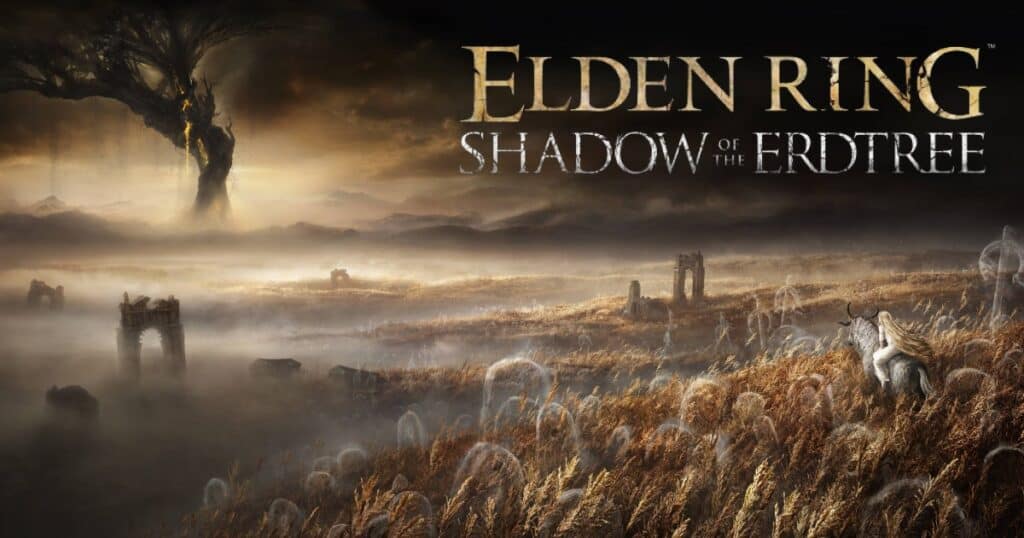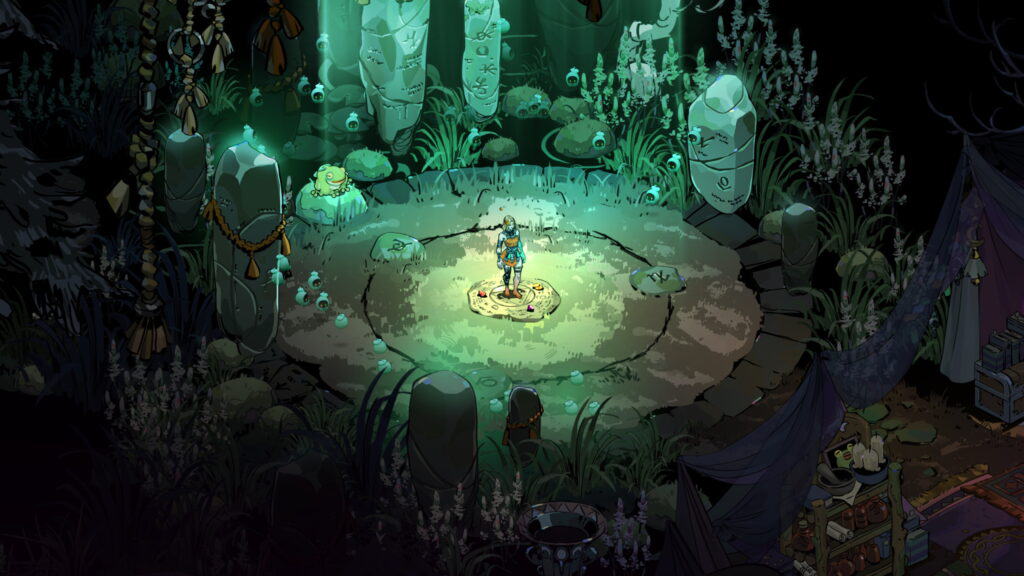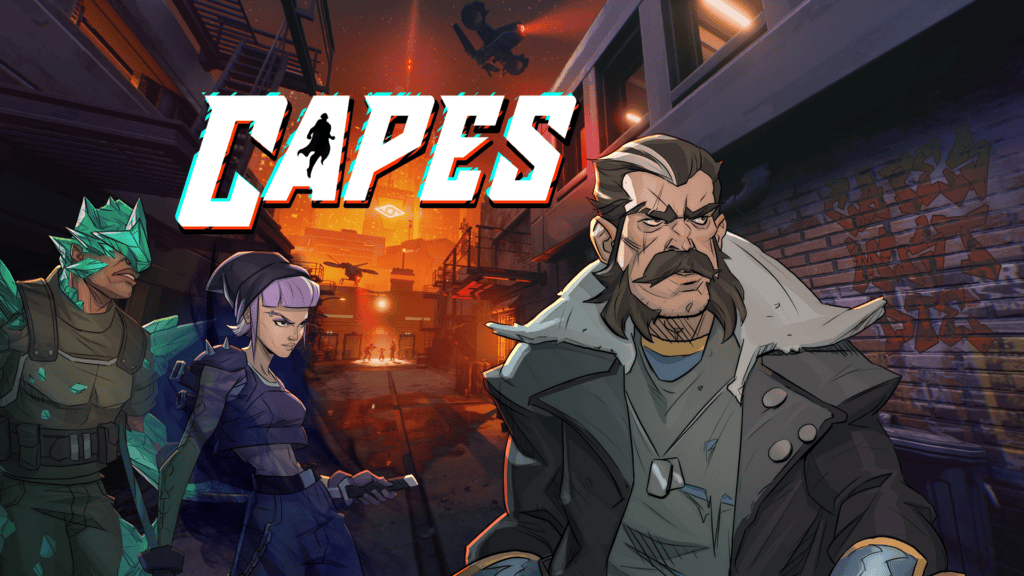Senua’s Saga: Hellblade 2 puts players back into the role of the Celtic warrior Senua as she embarks on a new quest. However, does this new dive into the world of Norse gods and psychological anguish match the beloved original?
The first Hellblade game was a breath of fresh air for the third-person adventure genre, telling a story that blurred the lines between the supernatural and the psychological. This is as the protagonist, Senua, struggled to complete her journey and survive her demons – both real and imaginary.
The original game featured combat that borrowed from the Soulslike sub-genre, but also from games that were all about cinematic storytelling. It also took a unique look at the struggles people face with their mental health, something that made Senua, sympathetic and relatable, but also an unreliable narrator at times.
Some moments felt ambiguous which added a real sense of mystery to the game. Was Senua really facing down the Norse gods, or was this all a manifestation of her shattered psyche as the warrior desperately tried to come to terms with the loss of her lover and clan? While also dealing with the abuse she suffered at the hands of her father?
Demons, inside and out
When Hellblade 2 begins, Senua has come to terms with her loss, but her internal and external demons still remain. However, Senua now considers the voices in her head, who she calls “the Furies”, as a superpower rather than a hindrance. They are useful weapons in her arsenal while she crosses the sea to hunt down the Norseman who were responsible for killing her clan.
This time, Senua isn’t a victim to her psychosis, she’s learned to utilise it, and it serves her well on her revenge tour. However, it soon becomes clear that while she’s made peace with her inner demons, controlling them is wholly another matter. In regards to her external demons, these no longer take the form of manifestations and memories conjured by her mind, this time, her enemies are flesh and blood and that ups the ante in the sequel.
For starters, it adds a real sense of danger as every fight could be Senua’s last and the game’s duals are tenser and more visceral than before. Learning how to parry is essential for survival in combat, so those who go into Hellblade 2 looking for a hack-and-slash experience will be disappointed.
However, this is also not Elden Ring or God of War and combat never quite lives up to the standards set by some of the biggest names in the action adventure space. Instead, each fight is a thrilling cinematic experience where Senua duals an enemy one-on-one. Unlike the first game, additional enemies can’t join the fray until that fight is resolved, which fixes the annoyance of having enemies backstab you, but it also feels a little clunky and forced at times.
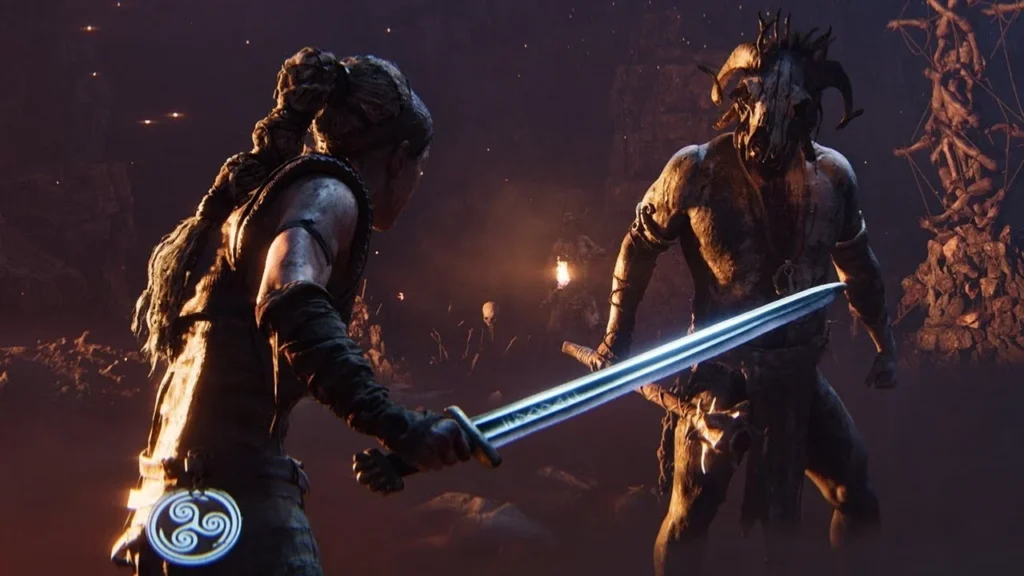
Every fight in Hellblade 2 is a tense dual.
Let the voices guide you
There are also no traditional boss battles, so those looking for a Soulslike experience in the run-up to the Elden Ring DLC shouldn’t get their hopes up, but in truth, the game doesn’t really need bosses. The combat serves to add some stakes to what is essentially a brutal and enthralling cinematic experience from start to finish.
We’d go as far to say that the focus on delivering a cinematic and narrative adventure sometimes holds back the gameplay, pulling players in and out of the action just as they’re starting to get into it. However this is a small gripe, and anyone who’s played the first game will understand why it can work well and some moments.
The game also brings back environmental puzzles from the first game which are never too difficult and add value to the exploration sections where we really get to know Senua and the rest of the small cast. We honestly found that the character dialog was more engaging when it was used as a backdrop to a journey rather than when it was delivered in a cutscene. While this doesn’t compare to the exposition given by Mimir in God of War, it’s a similar idea.
Like the original, Hellblade 2 is a bitesize adventure that can be enjoyed like it was a miniseries or box set of movies. We finished it in one sitting of roughly six hours and found this to be an ideal length for the game. Any longer, and the combat may have outstayed its welcome, but any shorter, and we may have felt a little shortchanged by the experience.
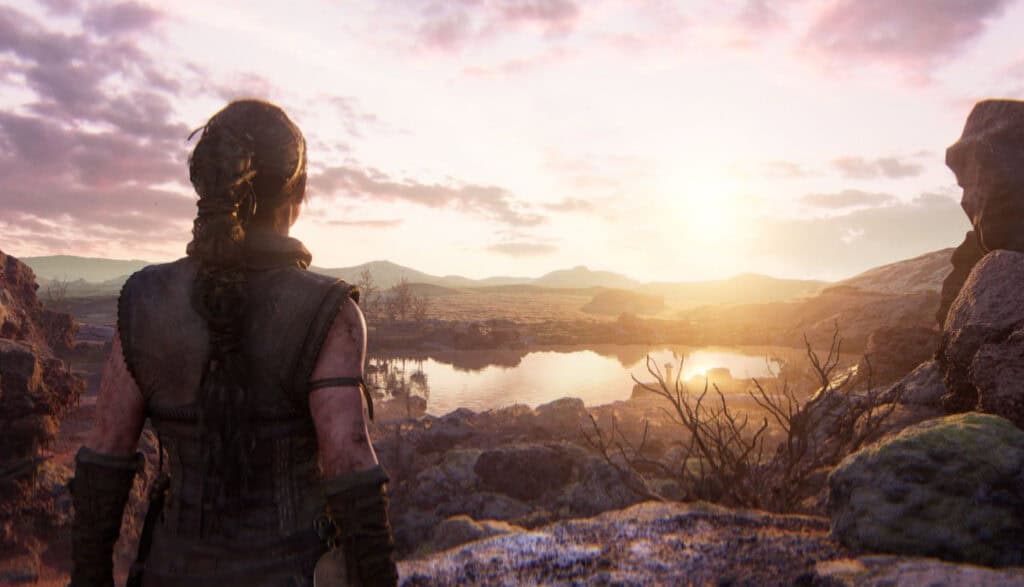
The game’s overhauled visuals are truly stunning on Xbox.
Highway to Hellblade
Hellblade 2 doesn’t try to change too much from the original and those who loved the first game will enjoy returning to this violent world of anguish and self-actualisation. This is very much a continuation of the first game rather than a revolutionary new experience, but that’s okay, as the game does an excellent job in driving the narrative forward in an exciting new direction.
Once again, the voices in Senua’s head gave us some fascinating insight into self-doubt, anxiety and various other psychological conditions that walk alongside many of us as our constant companions throughout life. Hellblade 2 does a fantastic job of expanding on these ideas in this stellar sequel and like the first game, Senua’s Saga: Hellblade 2 will stick with us for a long time.




